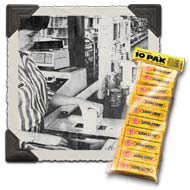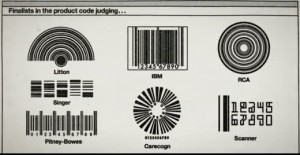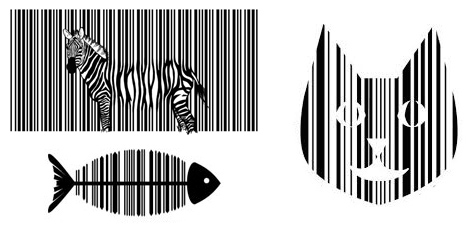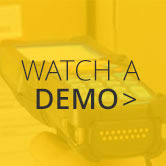 This year, the barcode celebrated its 40th anniversary. It was on June 26, 1974, that the first official UPC barcode was ever scanned to sell a retail item. It happened at a Marsh grocery store in Troy, Ohio when Sharon Buchanan scanned a barcode to ring up a pack of Juicy Fruit gum.
This year, the barcode celebrated its 40th anniversary. It was on June 26, 1974, that the first official UPC barcode was ever scanned to sell a retail item. It happened at a Marsh grocery store in Troy, Ohio when Sharon Buchanan scanned a barcode to ring up a pack of Juicy Fruit gum.
This simple action changed everything. Can you imagine what life would be like without barcodes? Prior to the barcode, there was no universal system for assigning products. Each company had their own way of doing things, which led to high error rates, crude estimates and inefficiencies. The only way for businesses to count their inventory was to close down and physically count every item.
So how did the barcode come to be?
It all started in 1948 when Bernard Silver, a graduate student at Philadelphia’s Drexel Institute of Technology, overheard the president of a large food chain pleading with a dean to start research on capturing product information automatically at checkout. The dean turned down the president’s request, but Bernard Silver mentioned the conversation to his friend Norman Woodland, a graduate student and teacher at Drexel.
Woodland became fascinated and immediately started to think up solutions. After some trials and errors, Woodland came up with a linear barcode and the two filed a joint patent on October 20, 1949. The patent was granted on October 7, 1952.
It wasn’t for years later that a useable device was invented that could read barcodes. David Collins started Computer Identics Corporation and began experimenting with lasers. Lasers could read barcodes from several feet away and sweep back and forth hundreds of times per second, giving the reader many looks at a barcode from many different angles, which was helpful in reading scratched or torn labels. Collins put his barcode reader to use in the industrial setting in 1969, when Computer Identics installed its first two systems.

Finally, on June 26, 1974, a supermarket in Troy, Ohio sold a pack of gum as the first retail item to be sold with an official UPC code and a scanner.
Now barcodes are everywhere. Hospital patients have barcodes on their ID bracelets, researchers use barcodes to track bee’s mating habits, barcodes appear on car parts, shipping cartons, marathon runners, you name it! Barcodes can also come in all shapes and sizes. You’ve got your cat barcodes, fish barcodes…even zebras have barcodes!







